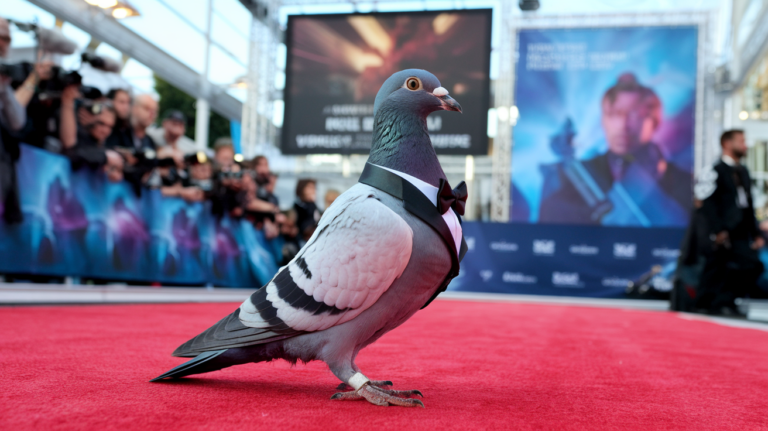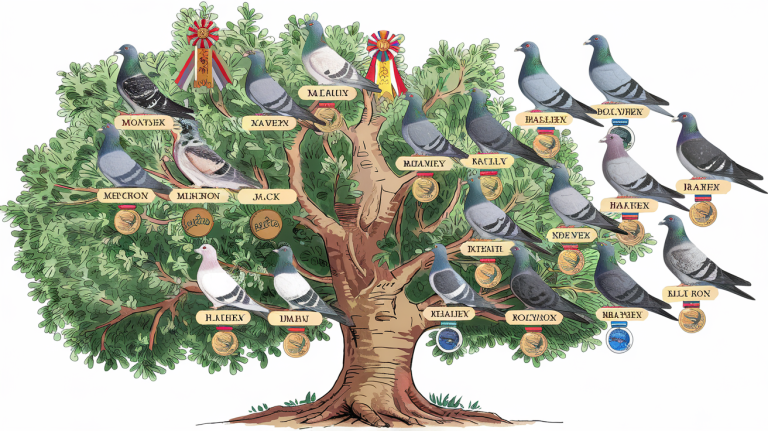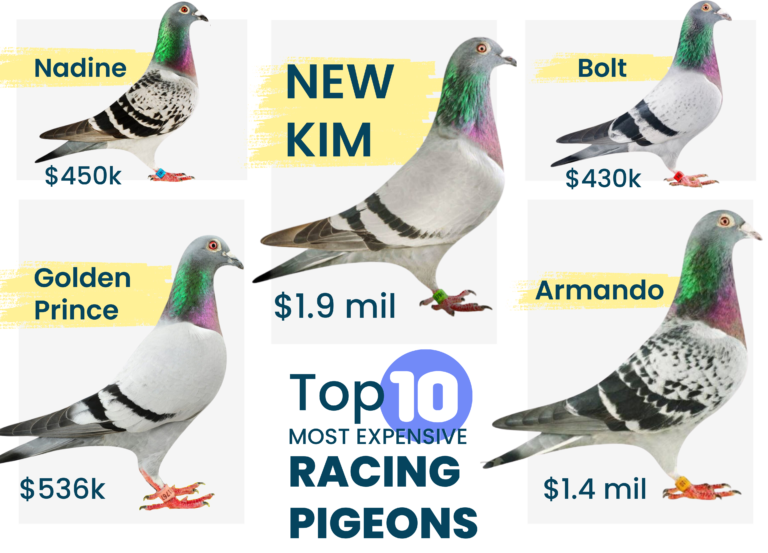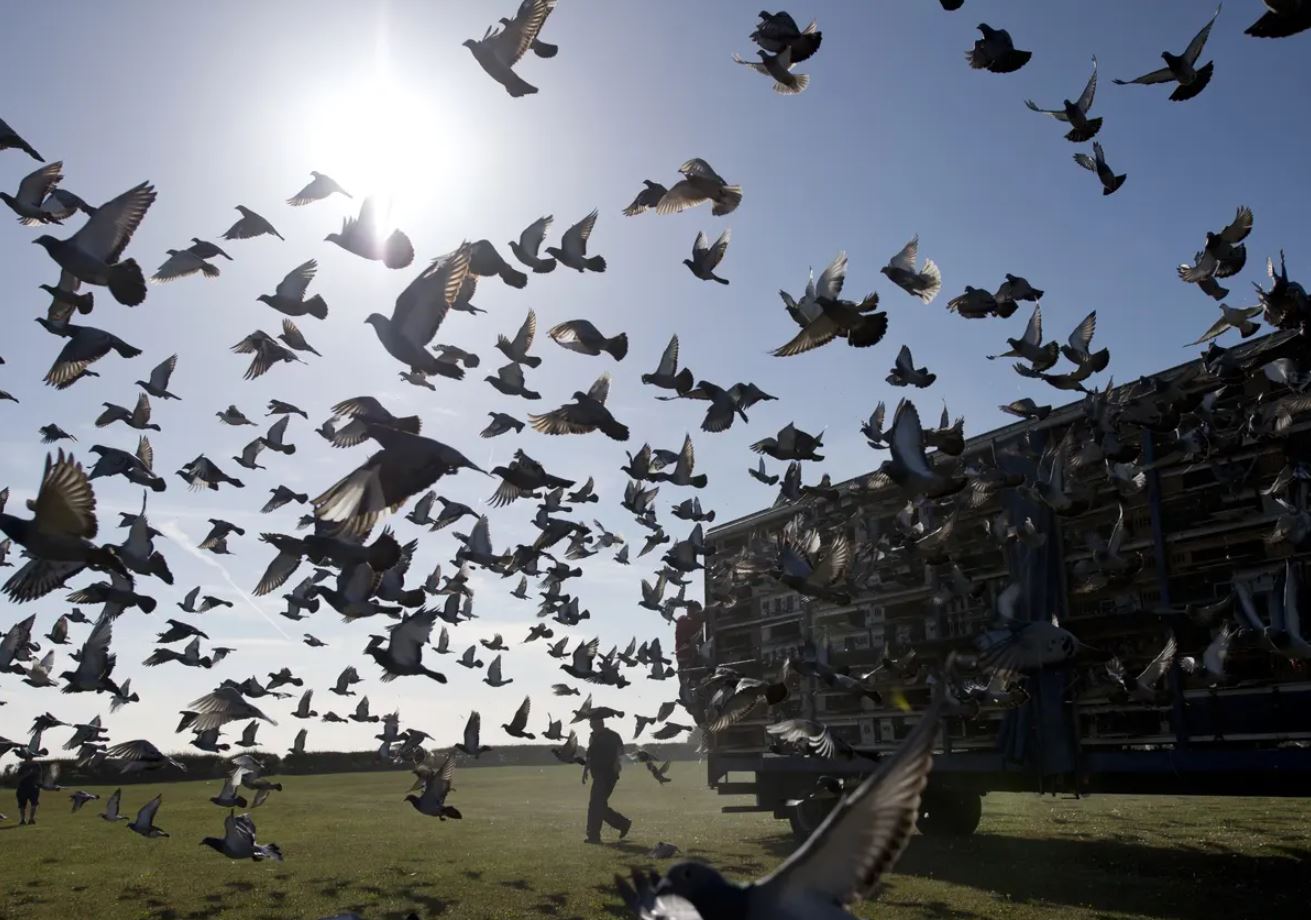
Pigeon racing is a thrilling and unique sport that has been enjoyed by people around the world for centuries. It involves racing homing pigeons from one location to another, with the winner being the bird that returns home first. Although pigeon racing is not as popular as other sports, it has a dedicated following, and its history is as fascinating as the sport itself.
The History of Pigeon Racing
The origins of pigeon racing can be traced back to Belgium in the 1800s, where it was initially used as a means of communication between towns and villages. Pigeons were bred and trained to carry messages, and over time, people began to race them for sport. The sport quickly spread throughout Europe, and by the late 1800s, it had made its way to the United States.
Homing Pigeons have also been used in war for centuries, primarily as messengers. Before the advent of modern communication technologies such as radios and telephones, pigeons were a reliable means of communication on the battlefield.
During World War I and World War II, pigeons were widely used by the military as messengers to transmit messages between units. Pigeon lofts were set up behind the front lines, and trained pigeons were sent out with messages attached to their legs. The pigeons would then fly back to their home loft, where the message would be retrieved and decoded.

Pigeons were also used to transport important documents, such as maps and photographs, behind enemy lines. These pigeons were trained to fly long distances and to avoid detection by enemy soldiers.
Pigeons were so valuable to the war effort that both the Allied and Axis powers had specialized units dedicated to breeding, training, and caring for them. In fact, a carrier pigeon named Cher Ami became famous during World War I for delivering a critical message to American forces despite being shot and wounded.
Today, pigeons are no longer used in modern warfare due to the development of more advanced communication technologies. However, they continue to be used in certain specialized fields such as search and rescue operations and scientific research.
Homing Pigeons : From early Messengers to Modern Racers
In the early days of pigeon racing, the birds were released from one location and raced back to their home base. The distance of the races varied, but they were typically between 100 and 500 miles. As the sport grew in popularity, racing organizations were formed, and rules and regulations were established.
Today, pigeon racing is a highly regulated sport with a global community of enthusiasts. Races can be as short as 50 miles or as long as 1,000 miles, and the birds are trained for months to prepare for these events. The sport has become so sophisticated that GPS tracking and other high-tech equipment are now used to monitor the races and ensure fair competition.
The Thrill of Pigeon Racing
Pigeon racing is not just about the thrill of the race; it is also about the bond between the birds and their owners. Pigeons are highly intelligent animals, and they have a remarkable ability to navigate and find their way home. The relationship between the bird and its owner is built over months of training, and the trust and loyalty that develops between them is truly special.
The excitement of pigeon racing comes from the unpredictability of the races. Unlike other sports where the athletes are in control, pigeon racing is entirely dependent on the bird’s ability to navigate, fly and find its way home. It is a sport where anything can happen, and the outcome is never certain. For the owners, watching their racing pigeons return home is an incredible feeling that cannot be replicated by any other sport.
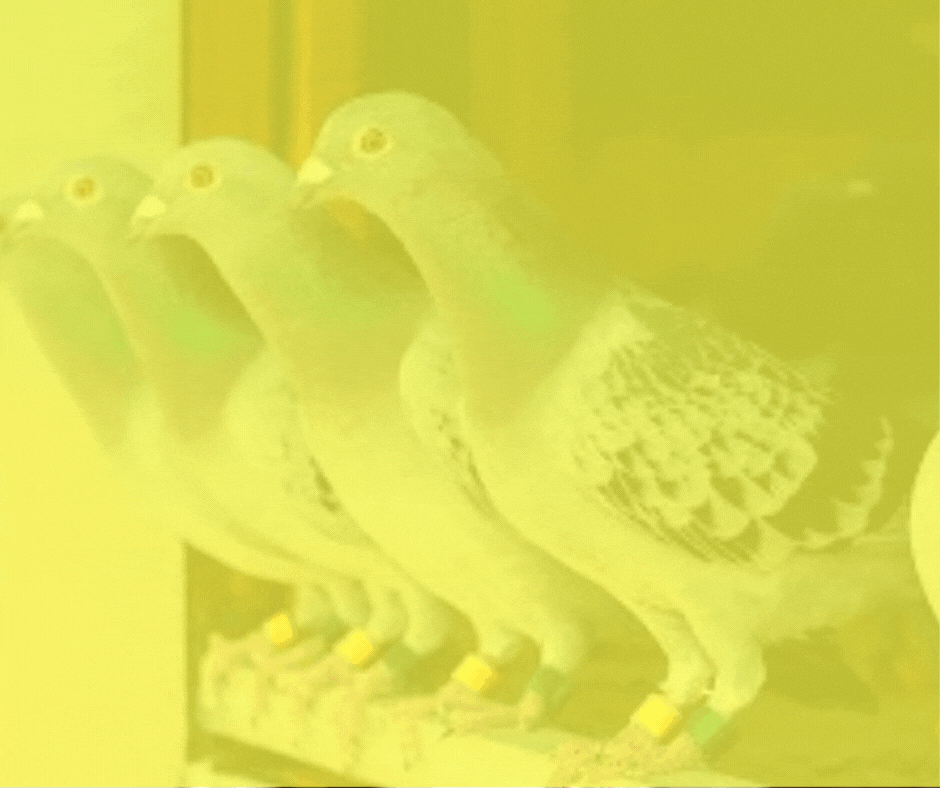
The Future of Pigeon Racing
Despite its long history and dedicated following, pigeon racing is not without its challenges. One of the biggest challenges facing the sport is the decline in the number of young people interested in it. The sport requires a significant amount of time, money and dedication, and many young people are more interested in other sports that are easier to participate in.
Another challenge facing the sport is animal welfare. There have been concerns raised about the treatment of racing pigeons, and some animal rights activists have called for the sport to be banned. However, most racing organizations have strict regulations in place to ensure that the birds are treated humanely, and efforts are being made to improve the welfare of racing pigeons.
Despite these challenges, the future of pigeon racing looks bright. The sport has a dedicated following, and new technologies are being developed to make it even more exciting and accessible. There are also efforts being made to introduce the sport to a new generation of young people through educational programs and outreach initiatives.
Conclusion
Pigeon racing is a unique and exciting sport with a rich history and a dedicated following. It requires a significant amount of time, money and dedication, but for those who participate in it, the rewards are well worth it. The bond between the bird and its owner is truly special, and the excitement of the races is unparalleled. While the sport may face challenges, efforts are being made to ensure its survival and growth.


